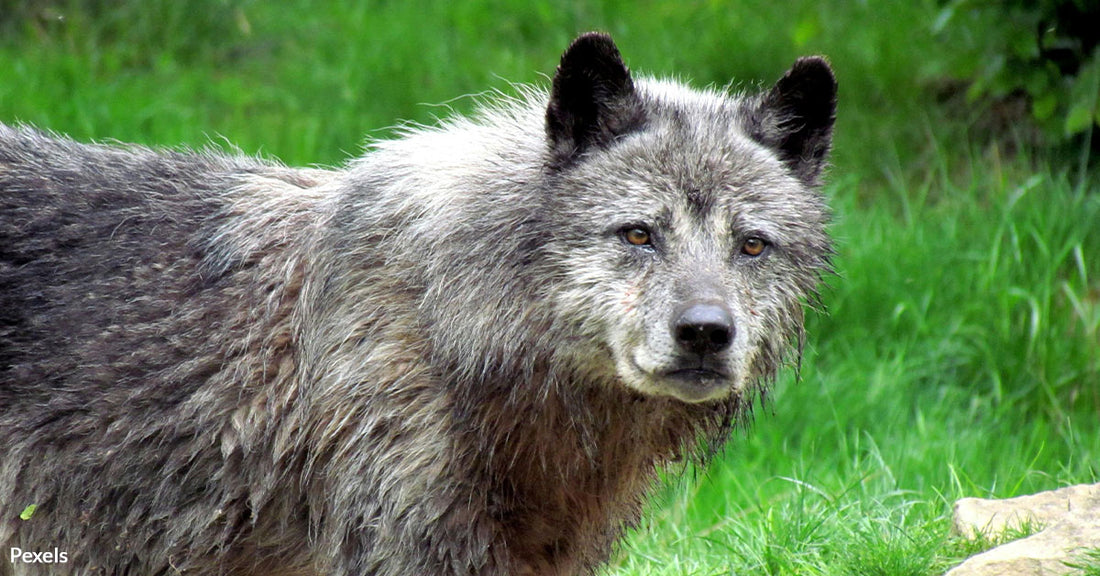Provide Emergency Medical Care to Animals in Critical Need! Give Them A Chance!
Colorado's Historic Wolf Reintroduction Mission Employs Satellite Tracking To Save the Pack
Matthew Russell
In the wake of Colorado's decision to reintroduce gray wolves, a multi-faceted strategy has been set in motion to monitor and manage these apex predators, ensuring both their survival and the minimization of conflicts with human activities.
The program, underpinned by the approval of Proposition 114 in 2020, is a bold step towards restoring a key species to its native habitat, with the potential to rebalance ecosystems that have been without these animals for nearly 80 years.
Colorado is reintroducing gray wolves to restore ecological balance.
Tracking Movements for Better Management
The tracking of wolves through satellite GPS collars is a cornerstone of Colorado's management efforts, providing real-time data on wolf movements. As the Denver Gazette reports, this technology allows wildlife officials to monitor their dispersal and territory establishment, aiding in the formulation of strategies to prevent potential conflicts with human activities, particularly in areas where livestock farming is prevalent.
By understanding wolf movements, wildlife officials can alert communities and implement proactive measures to mitigate negative interactions.
Satellite GPS collars track the movements of these reintroduced wolves.
Source and Selection of Wolves
The reintroduction initiative aims to transfer 30 to 50 wolves to Colorado over three to five years, with these animals primarily sourced from the northern Rockies, Colorado Parks & Wildlife reports. This approach ensures the wolves introduced have a genetic makeup and survival skills suited to Colorado's environment.
The selection process involves trapping, darting, or net gunning wolves from different packs during the fall and winter, followed by a health assessment and vaccination by veterinarians before their release into Colorado's wilderness.
Wolves sourced from the northern Rockies are being relocated to Colorado.
Addressing Human-Wolf Conflicts
One of the most significant challenges of reintroducing wolves is managing the interface between these predators and human activities, particularly livestock farming. To address this, Colorado's management plan includes compensation strategies for livestock losses attributed to wolves, with a tiered compensation system based on the implementation of conflict minimization practices by livestock owners.
This system encourages the adoption of non-lethal measures to deter wolves, thereby reducing the likelihood of depredation events.
Wolves play a crucial role in maintaining healthy ecosystems.
Educational Outreach and Community Engagement
Understanding that the success of the reintroduction program hinges not just on the biological aspects but also on social acceptance, considerable efforts are being made towards community engagement and education.
By involving stakeholders from various sectors, including agriculture, conservation, and indigenous groups, Colorado aims to foster a collaborative approach to wolf management. Educational programs and resources are being developed to inform the public about wolves, their ecological roles, and ways to coexist peacefully, reports Colorado Newsline.
Colorado's efforts include compensating livestock losses due to wolf interactions.
Looking Ahead
As the wolf population in Colorado grows and disperses, wildlife officials anticipate that wolves will establish territories beyond the initial reintroduction sites. This expansion is natural and expected, given wolves' adaptability and wide-ranging habits. The state's comprehensive monitoring and management strategies are designed to support this growth while minimizing conflicts, ensuring that the reintroduction not only aids in the restoration of ecological balance but also integrates smoothly with human interests and activities.
In summary, Colorado's approach to wolf reintroduction is multi-dimensional, focusing on careful selection and tracking of wolves, proactive management of human-wolf interactions, and extensive community engagement. By leaning on lessons from past reintroductions in other states and employing modern technology, Colorado aims to navigate the complex dynamics of reintroducing a keystone species to its former range.
Click below to take action for this species!

